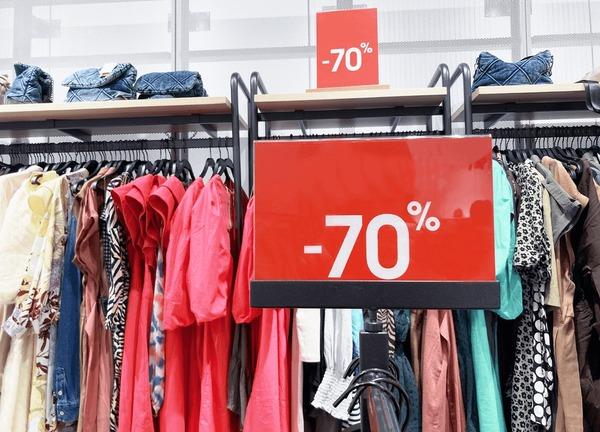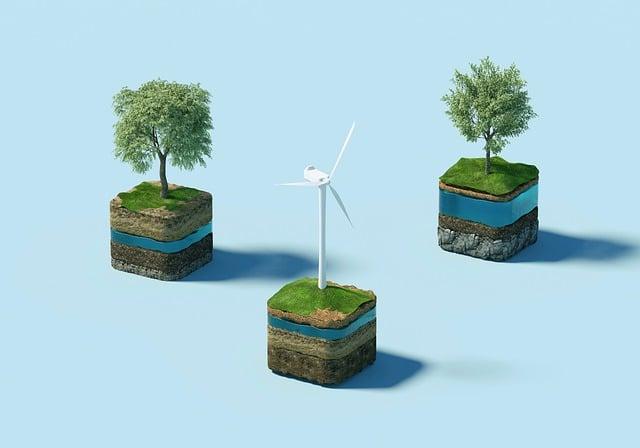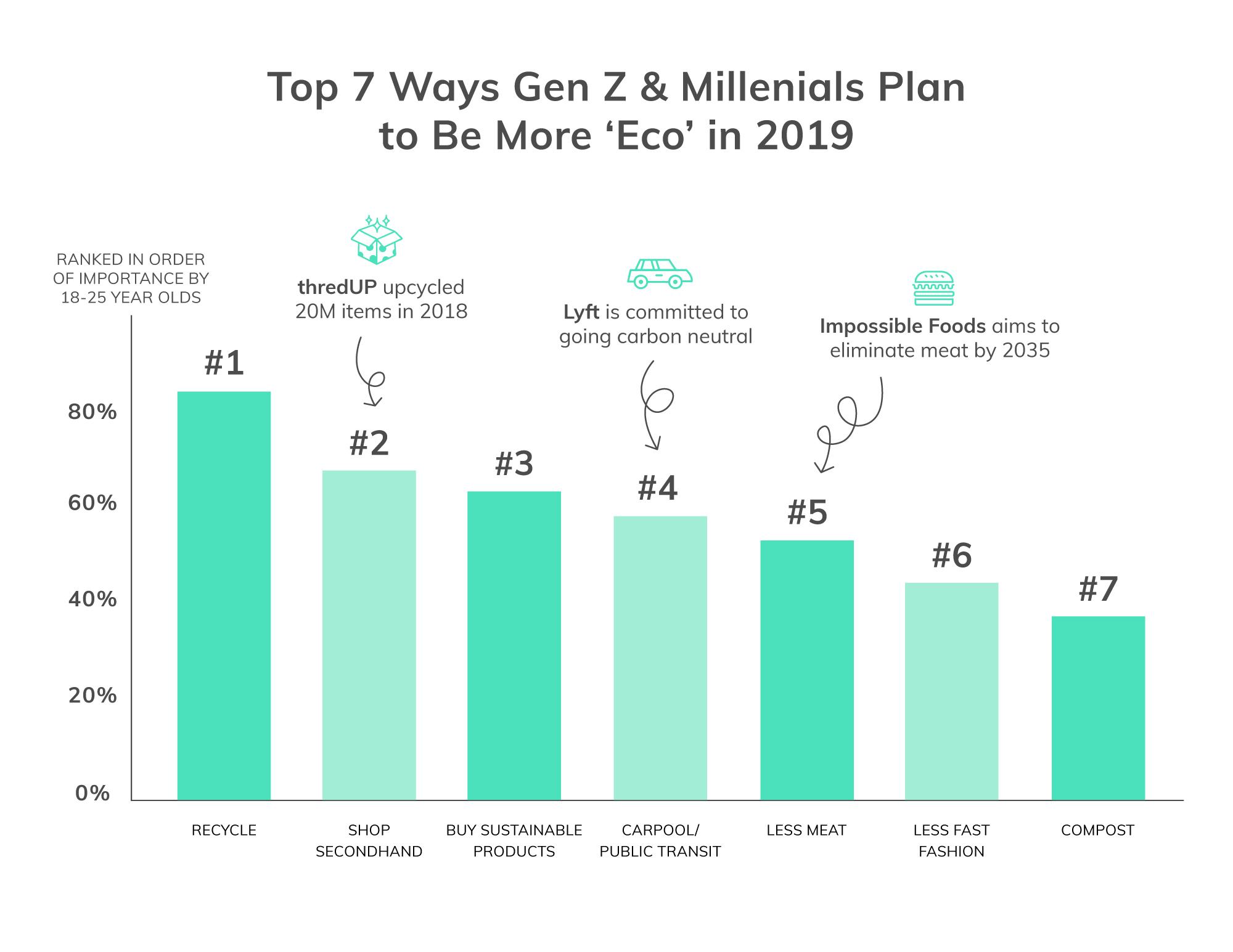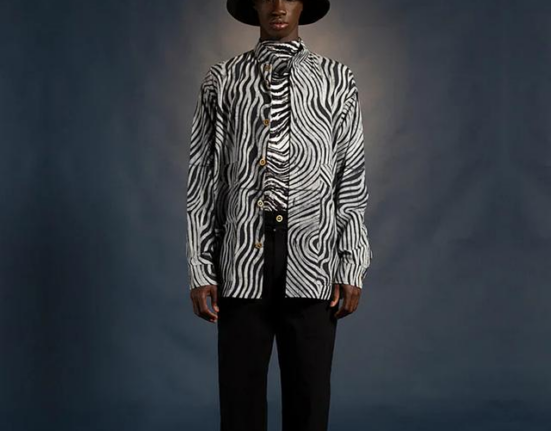In a world where trends shift at the speed of light, fast fashion has become a staple of modern consumer culture, promising stylish looks at an irresistible price. However, beneath the vibrant façade of affordability and convenience lies a complex web of environmental and social implications that often go unnoticed. As brands tout their sustainability claims, consumers are left wondering: what is the true cost of their inexpensive wardrobe updates? This article delves into the multifaceted impact of fast fashion, examining the environmental toll of rapid production cycles, the ethical considerations of labor practices, and the authenticity of sustainability initiatives. Join us as we navigate this tangled landscape, shedding light on the choices that influence both our closets and the planet.
Exploring the Hidden Environmental Impact of Fast Fashion
The fast fashion industry thrives on the allure of low prices and the latest trends, but this seemingly innocuous business model conceals a profound environmental crisis. The detrimental effects stretch far beyond the garments we see in stores, affecting water quality, carbon footprint, and waste management systems around the world. As an example,creating just one cotton t-shirt requires approximately 2,700 liters of water,enough for a person to drink for over two years. Additionally, the production process emits meaningful amounts of carbon dioxide, contributing to climate change and global warming. Points to consider include:
- Water Pollution: Toxic dyes and chemicals infiltrate waterways, harming ecosystems and communities.
- Waste Generation: Millions of tons of textiles end up in landfills each year, taking decades to decompose.
- Resource Depletion: Rapid manufacturing cycles strain natural resources,from cotton fields to synthetic fibers.
Efforts by brands to promote sustainability often fall short, given their continued reliance on low-cost production methods. While manny companies tout recycled fabrics or eco-amiable initiatives,these claims can be misleading. To make a more informed decision, consumers can examine a brand’s clarity regarding their supply chain and environmental practices.A comparative overview shows:
| Brand | Sustainability claim | transparency Rating |
|---|---|---|
| Brand A | Uses organic cotton | High |
| Brand B | Manufactures in eco-friendly factories | Medium |
| Brand C | Promotes recycling programs | Low |

Unpacking labor Practices: The Human cost Behind Cheap Clothing
The allure of low-cost clothing often comes at a staggering price that extends far beyond the price tags. Labor exploitation remains a pressing issue within the fast fashion industry, where workers in developing countries are subjected to grueling conditions for mere pennies an hour. These individuals, often women and children, are stripped of basic labor rights, partaking in endless hours of work with little to no benefits. The relentless pursuit of profit by fashion retailers fosters a cycle of poverty, leaving workers with no means to escape their circumstances. The demand for cheap apparel fuels a system where rights are compromised in favor of profit margins, leading to a human cost that is all too often ignored by consumers.
Moreover, the lack of transparency surrounding labor practices adds another layer of complexity to the fast fashion narrative. companies frequently tout sustainability claims, but these assertions frequently enough mask the stark realities faced by garment workers. A closer inspection reveals that many brands employ greenwashing tactics,promoting recycled materials or eco-friendly practices while neglecting the ethical implications of their labor sources. It becomes increasingly apparent that the benefits of sustainability can only be realized when combined with humane labor practices. To fully understand the true cost of our clothing, we must disentangle the misleading allure of affordability from the moral obligation to ensure fair treatment of those who create our garments.
| Fast Fashion Issues | Impact on Workers |
|---|---|
| Low Wages | Poverty Cycle |
| Unsafe Working Conditions | Health Risks |
| Lack of Labor Rights | Exploitation |
| Child Labor | Deprivation of Education |

evaluating Sustainability Claims: truths and Myths in the Industry
In the landscape of fast fashion, sustainability claims often act as a double-edged sword, leading consumers down a maze of data that is not always straightforward. While many brands tout their eco-friendly practices, a closer examination reveals a spectrum of truths and myths. Recycled materials,sustainable sourcing,and ethical labor are frequently advertised,yet consumers must ask critical questions about what these terms really mean. For instance, a brand might boast about its use of organic cotton, but if a significant portion of the supply chain remains harmful or exploitative, the overall impact may still be detrimental. Here are common assertions that merit scrutiny:
- “We use 100% recycled materials.” – Verify if this includes all components, such as zippers and buttons.
- “Our production is zero-waste.” – Consider what happens to leftover stock or unsold items.
- “We ensure fair wages for all workers.” – Request transparency in labor practices and pay scales.
The allure of sustainability can sometimes overshadow actual practices, creating a disconnect between marketing narratives and real-world impacts. For example, many companies embrace the term “sustainable” but focus on short-term mitigation rather than long-term systemic change. Setting realistic metrics for evaluating sustainability claims is crucial; here is a simple breakdown:
| Claim | Reality Check |
|---|---|
| Natural materials only | May not be sourced ethically or sustainably. |
| Locally made | Product may still harm environments elsewhere. |
| Carbon-neutral status | Often achieved via offsets rather than true reduction. |

Practical steps for Conscious Consumerism in Fashion Choices
Embracing conscious consumerism starts with a shift in perspective. Begin by taking a closer look at the brands you support. Investigate their sustainability claims, production processes, and labor practices. Consider adopting the following principles:
- Prioritize Quality Over Quantity: Invest in fewer, high-quality pieces that will stand the test of time.
- Seek Clear Brands: Look for companies that disclose their sourcing and production methods.
- Consider Second-Hand Options: Explore thrift stores or online platforms for pre-loved garments.
- Rent Rather Than Buy: For special occasions, consider rental services that offer designer options.
- Repurpose and Upcycle: Get creative! Turn old clothes into new pieces or home decor.
Next, it’s essential to be mindful of your own buying habits. Mapping out your wardrobe and evaluating your needs can greatly reduce impulse purchases. Use a simple comparison table to help you track your spending habits and the impact of your fashion choices:
| Item | Price | Eco-Impact |
|---|---|---|
| Fast Fashion Dress | $25 | High – often unsustainable materials |
| Sustainable Dress | $100 | Low – ethically sourced |
| Thrifted Dress | $15 | Minimal – reused fabric |
| Rental Dress | $50 | Low – shared resources |
This approach not only highlights the financial aspect of your choices but also emphasizes the environmental impact of each option. By actively choosing sustainable and ethical options, you contribute to a larger movement toward responsibility and accountability in the fashion industry.
Future outlook
As we draw the curtain on our exploration of fast fashion’s entangled web of costs, both visible and hidden, we invite you to reflect on the choices that shape our world. the allure of trendy, affordable clothing often masks a deeper narrative—one forged in the shadows of environmental degradation and social inequity. while brands tout sustainability claims, our examination reveals a complex tapestry of practices that demand scrutiny and transparency.
Embracing a more mindful approach to fashion is not merely a trend; it is indeed a necessary step towards preserving the planet and its people. armed with knowledge, consumers can challenge the status quo, supporting brands that prioritize ethical practices and genuine sustainability over mere marketing slogans.
In closing, let us remember that every garment carries a story—a story that is shaped by the decisions we make and the values we uphold. by thoughtfully considering the real cost of fast fashion, we can collectively chart a course toward a more sustainable future, one choice at a time. The power is in our hands to transform the industry, making style synonymous with responsibility.








Leave feedback about this